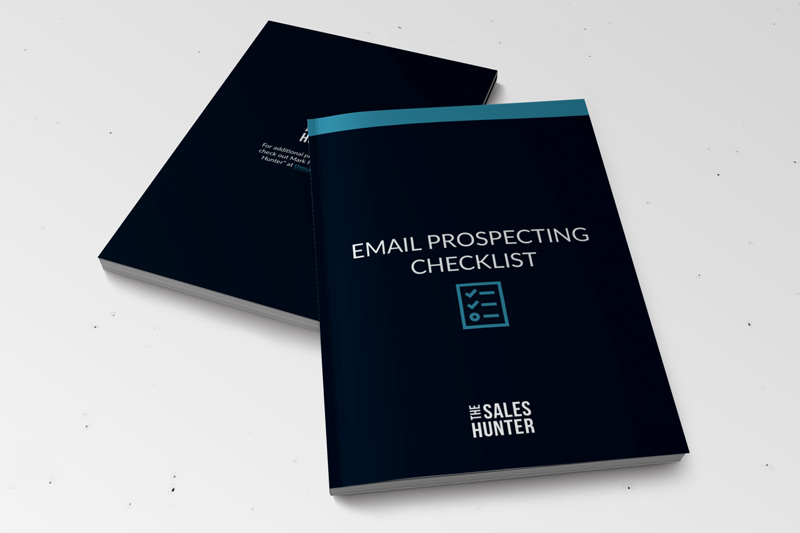 “No” is a buying signal.
“No” is a buying signal.
I’ll take a “no” any day over a customer who won’t make any decision at all. At least a “no” is something I can work with.
When a customer says “no,” we have to remember what they’re saying.
The “no” is a no, but only for that moment in time. A “no” is never permanent.
If you don’t believe that, ask any parent. We all know just because we say “no” doesn’t mean we won’t get asked again. The only item up for debate is how quickly we’ll be asked.
I’m not saying we treat a “no” from a customer the same way we did when we were kids and heard it from our parents. What I’m saying is we do need to treat a “no” as only being reflective of a point in time.
Our objective when hearing a “no” is to find out two things — One is why are they saying “no,” and two is the timeframe the “no” is covering. Getting the answers to these two questions requires you first remain focused and not get flustered because of what you heard.
When I hear a customer say “no,” my goal is to ask a question that gets the customer thinking about the biggest issue they have already shared with me.
An example might be a customer who is needing to upgrade a computer system to handle the growth they’ve had as a company. You feel you have the solution, but they still said “no” to your proposal.
The question you might ask is, “What are the issues you’ll be dealing with if you don’t upgrade your computer system?”
Your objective is to ask an open-ended question that will get the customer sharing with you more information about the big issue that have or outcome they desire. The answer they give you will then help you find out the timeframe the “no” is connected with.
Next time you have a customer tell you “no,” relax and let the questioning begin. The “no” is purely a place for you to ask another question.
Copyright 2015, Mark Hunter “The Sales Hunter.” Sales Motivation Blog. Mark Hunter is the author of High-Profit Selling: Win the Sale Without Compromising on Price.














